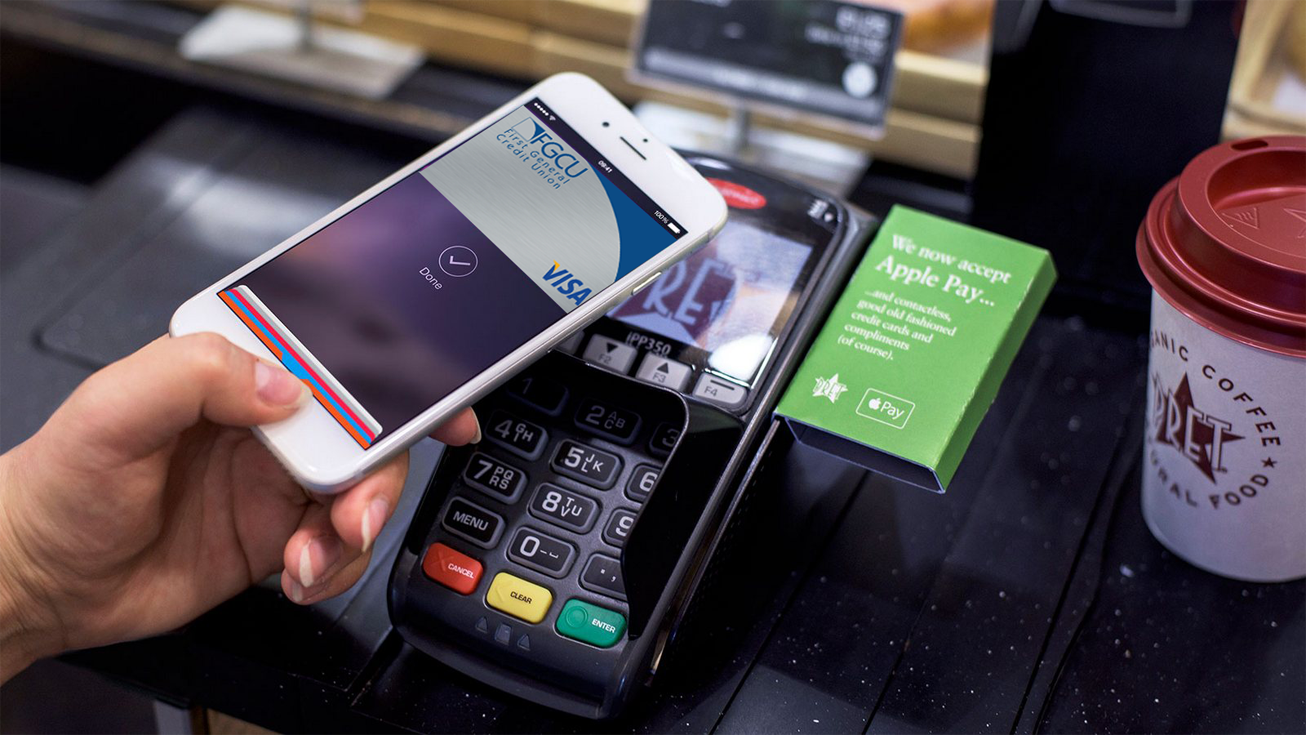Hi, I’m Adil Wali. I became a Microsoft certified professional at age 14 and started my first web development company. That led to a career as a serial entrepreneur, advisor, and startup investor. I got my first “real job” at 33, and I’m now a FinTech executive with a passion for the markets.

Phew. This is a big topic. This post will be the first of a series on the topic. In case you haven’t been shopping on the internet lately (or paying attention), Amazon is CRUSHING it.
The company has done a phenomenal job of increasing its footprint in Global Commerce, going from $619 million in revenue in 1998, the first full year after it went public, to a projected $100.59 billion projected revenue for 2015.1
Perhaps the most noteworthy trend is that more and more US consumers are using Amazon as a starting point to search for products (as opposed to Google or another search engine). In a recent survey of 2,000 US consumers, 44% go to Amazon, 34% use a search engine like Google or Bing and 21% start on a retailer’s site.2
Anyone selling in retail these days should be rightfully concerned about Amazon. They offer virtually every product in the world, in just about every size, color and option you might imagine. Their sheer size allows them to win major concessions from vendors, making competing on price next to impossible. During just one week of the 2015 holiday shopping, Amazon Prime added 3 million new members.3 According to a report from the Cowen Group, Amazon’s growth in the apparel purchase market could see it replacing Macy’s as the number one apparel retailer in the US. (Just 4 years ago, Macy’s apparel sales were five times greater than Amazon’s). 4 As of January, 2016, Amazon’s distribution network totaled 138 active facilities with over 66.2 million square feet in the US and 237 worldwide, occupying 107.8 million square feet of space.5

Most of the advanced thinkers that I know in retail are starting to form ‘Amazon strategies’ that encompass their strategic thoughts about how to compete, going forward.
There is no one right answer to this question. Here is a quick sketch of the the primary ways that I can think of to compete, going forward:
- Vertical-integration: Have a product that people want. Make it yourself. Control the channels where people can get it. Control how the product is presented and at what price it’s sold. Eliminate multiple markups. Optimize resource utilization and avoid wasted costs.
- Ship products faster: Find a way to optimize your fulfillment strategy. Can you use 3PL? Can you work with someone like ShopRunner or Shyp? Develop a fulfillment operation that delivers exactly what customers want. Honor delivery commitments without exception and don’t make delivery commitments you can’t keep. Ship orders in the smallest carton possible to reduce carrier charges by volume and weight, but use environmentally responsible packing materials and make it easy to open products. Locate fulfillment centers near shipping hubs. Implement a return process that flows seamlessly. Offer value-added services, like gift wrapping.
- Have top-notch customer care: This is the price of admission these days. Ensure your service is topnotch, not only during the transaction process but long after the sale. Regularly ask your customers what they want. Treat your customers like royalty to gain their loyalty. Have a specific protocol in place for handling customer complaints. Make sure all your employees buy into your company’s philosophy of excellence in customer service.
- Be personal: Depending on your brand and demographic, a personal touch can be as simple as associates that know your name or as complex as a fully VIP experience. Make your customers feel important and valued as individuals. Know your customer’s history with your business. Use their name when they call and remember them whenever possible.
Retail is changing. Commoditized products are going the way of Amazon and other marketplaces. To win, you have to have a clear strategy of what will set you apart. That, or you better have plans to start selling on Amazon.
References
- WikiInvest – Revenue for Amazon (AMZN)
- Marketing Land: Amazon Is the Starting Point For 44 Percent Of Consumers Searching For Products. Is Google Losing, Then?
- GeekWire: Amazon Prime adds more than 3M new members in 1 week at peak of holiday shopping season
- Alibaba: Amazon Could Replace Macy’s as Leading Apparel Retailer by 2017
- MWPVL International: Amazon Global Fulfillment Network






